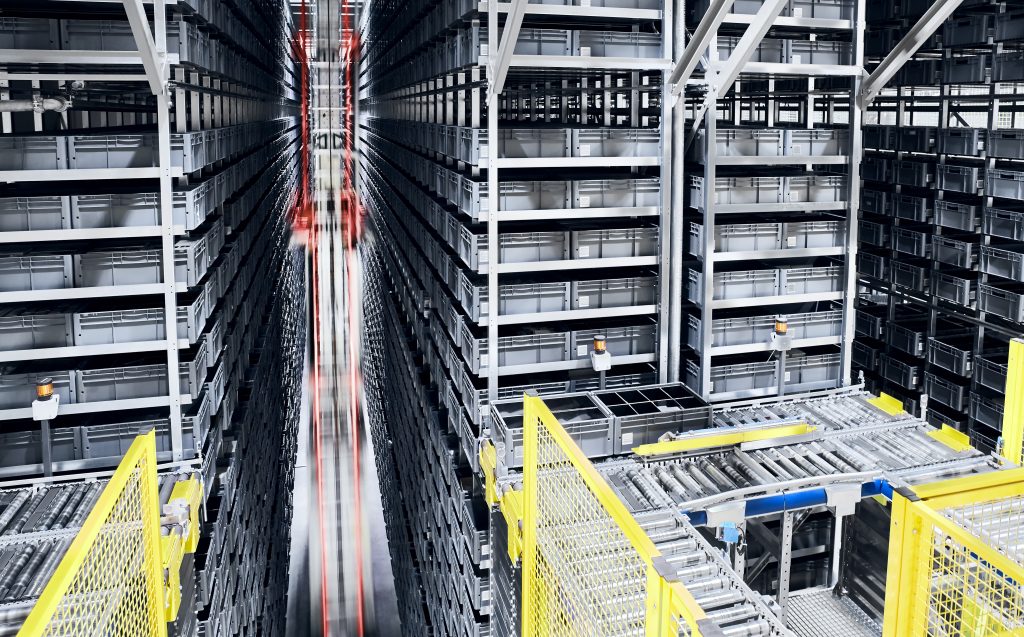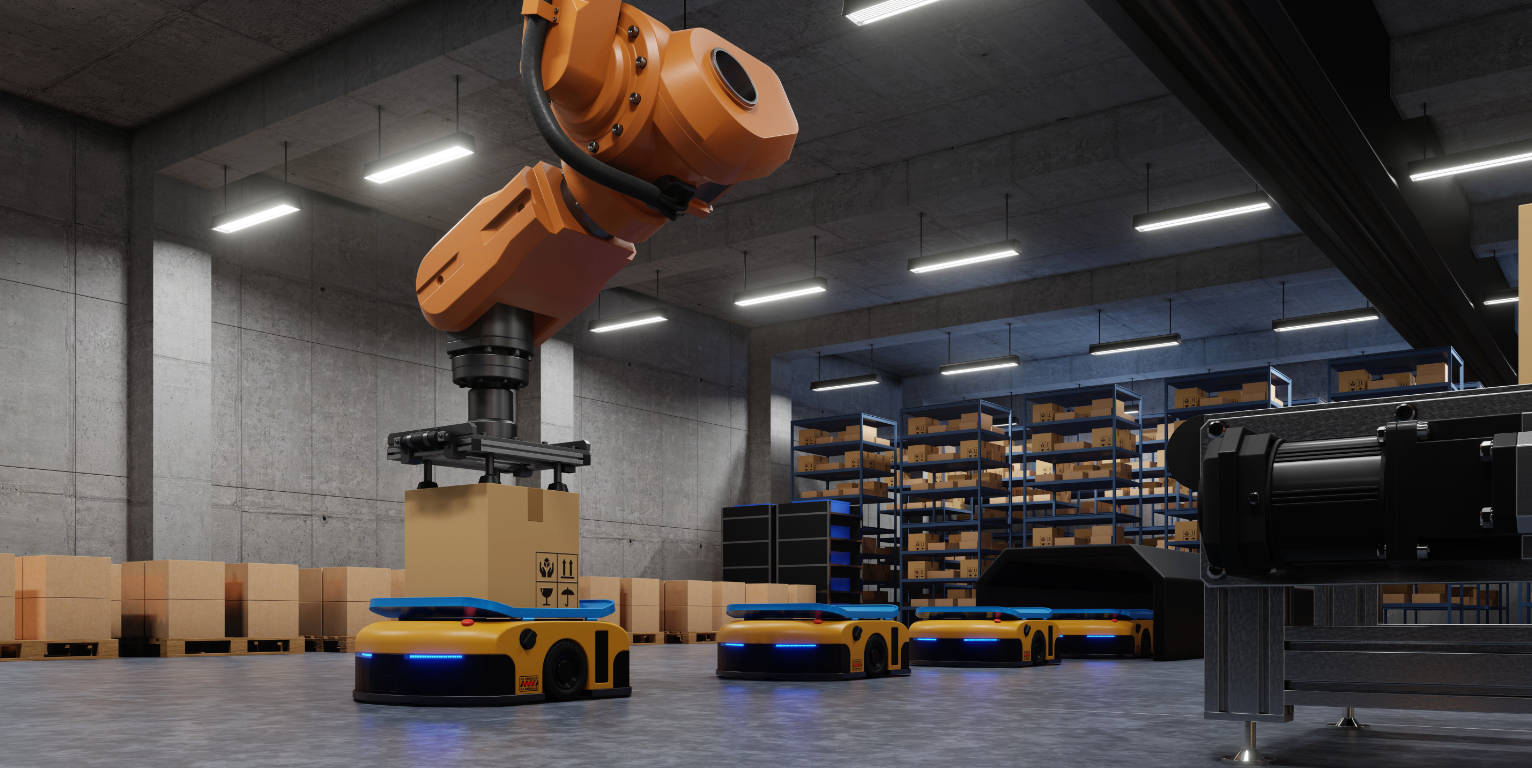New market needs and technological innovations are pushing intralogistics towards a more efficient and secure future.
Reorganizing warehouse and shipping operations, containing inefficiencies and eliminating delays, has always been a priority for the main logistics players, who see automation as the winning process for consolidating their leadership.
E-commerce drives warehouse operation
The exponential increase in transactions via e-commerce has favored the transformation of intralogistics. This mode of exchange has in fact imposed faster, more controlled and efficient deliveries, which require a radical transformation of the operations and appearance of the warehouses. The protagonists of the widespread warehouse operation are the new generation technological solutions, which favor a renewed and strategic use of spaces.
Towards automated intralogistics
The objectives of intralogistics are therefore becoming more and more challenging and the players in the sector are required to have the following characteristics: speed, precision, increased productivity and reduced costs. For this reason, we have moved from a mainly manual operation to a digitized, automatic and data-driven one. According to Gartner forecasts, by 2026, 75% of players will adopt automatic systems and collaborative robots.
And ReportLinker has calculated that the global value of services developed for intralogistics will reach 906.4 billion dollars within the same year. The remarkable result of 2021 (601.68 billion dollars) seems to confirm this forecast.
Robots and sensors at the service of the sector
Let’s now list some of the technologies that drive the progress of intralogistics, starting with its primary need: the automatic warehouse. In fact, the sector aims to completely delegate the tasks of heavy lifting and handling to robotics. The operators will instead be assigned roles with greater added value and they will intervene as supervisors and process managers.
The companies will therefore focus on automated shelving, which will make greater use of the spaces and will contract the need for corridors, covered 24/7 by AGV (Automated Guided Vehicle) and AMR (Autonomous Mobile Robot), supported by robotic arms.
These technologies are then joined by intelligent sensors, which collect, process and transmit data to a management platform, thus structuring an IT ecosystem, in which information travels in real time in multiple directions, along the entire supply chain.

The triad of intralogistic hi-tech
Schematically, three important trends could be identified that drive the market for hi-tech solutions for intralogistics:
- automation: companies are asking for IIoT (Industrial Internet of Things) systems and robotics to improve the operations management.
- Efficiency: there is a growing demand for tools and vehicles capable of optimizing movements and handling and simplifying the allocation and tracking of goods.
- Sustainability: the sector expresses the desire to reduce the ecological footprint, also for regulatory compliance needs.
Training and networking
The future of intralogistics is clearly marked, but for players in the sector it will not be enough to invest indiscriminately in technological tools and systems to obtain the right recognition. The competitiveness of the companies will in fact be played out on the competence of their operators, which will be nurtured through adequate training plans, concerning both the pragmatics of automation systems and their cultural value. And on the support of specialized operators, who will guide the company towards solutions suited to specific needs.
Source: logisticamente.it


